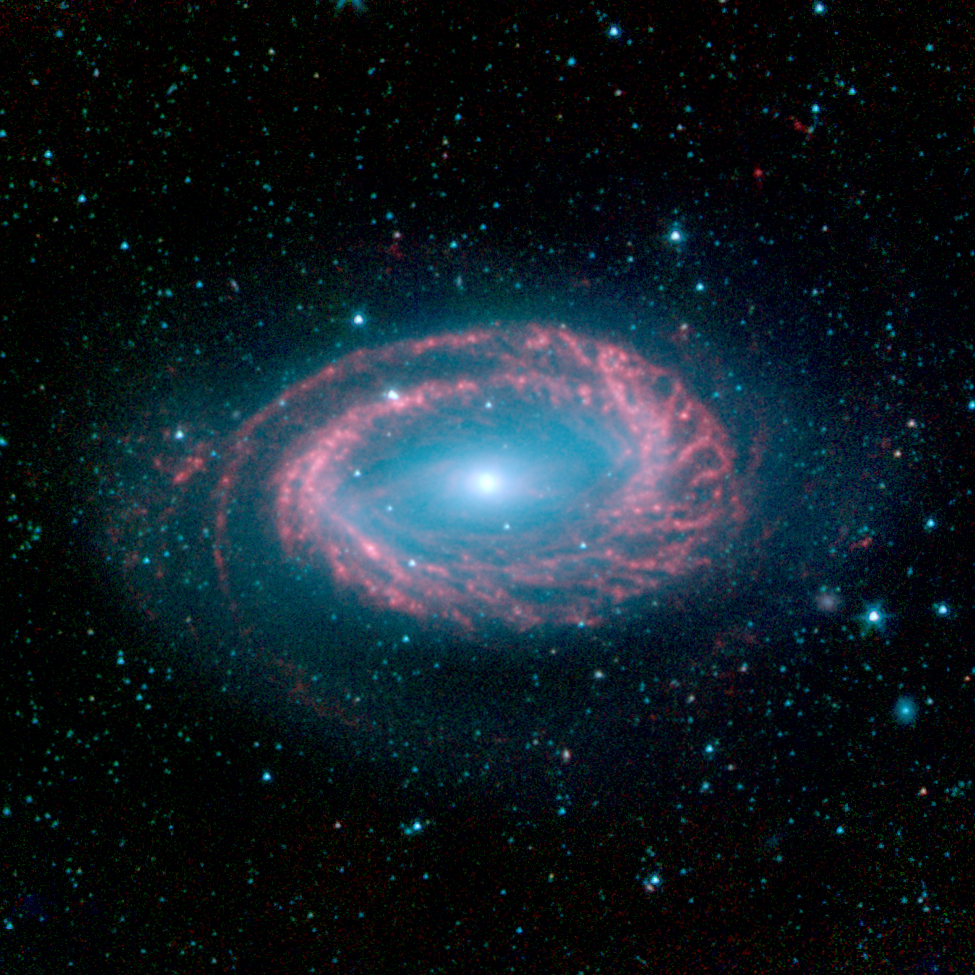
On Friday morning I was davening (praying) and I arrived at the Shema which begins with a declaration of the Unity of God: Hear, Israel, the Lord is our God, the Lord is One. Following that a line is added which does not appear in the original Biblical text which reads: Blessed be the Name of His glorious kingdom for ever and ever.
As I contemplated these words which I have recited thousands of times in the past, I focused on a teaching which explains that these two lines represent distinctly different types of declarations of God's Unity. The first line represents an "Upper Unity," the second a "Lower Unity." "What, exactly, do those two terms mean," I began to wonder to myself.
I realized that there are two ways in which we can view God and His interaction with the world. We can view God as the Creator and Master of the World, the One to whom the whole world is subservient, or view Him as the one whose very being permeates all of existence. I have written about the distinction between these views previously.
These views represent a higher and lower vision of what God is. Although both of them do acknowledge God and are certainly an improvement over those who would deny His existence, there are still significant differences. Living as we do in the Universe in which division and separation reign, seeing the true vision of God as One is very difficult. It is much easier to be able to believe in God as the Master of All, without arriving at an understanding as God being All.
The first verse, which refers to God as One, is the Upper Unity as it is the verse which expresses arriving at the point in which we can truly envision and comprehend the fullness of God's Unity, that he permeates all. The second verse, by contrast, only acknowledges him as King, he is the Master, but it lacks the vision to see Him as permeating all.
To be continued...

No comments:
Post a Comment